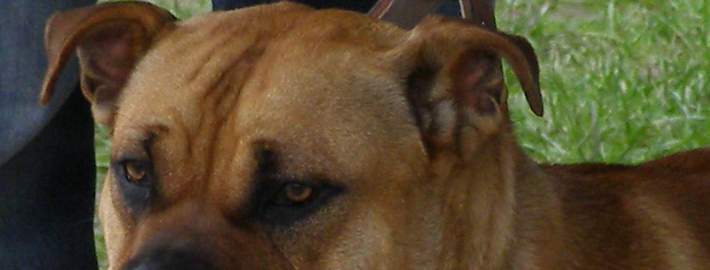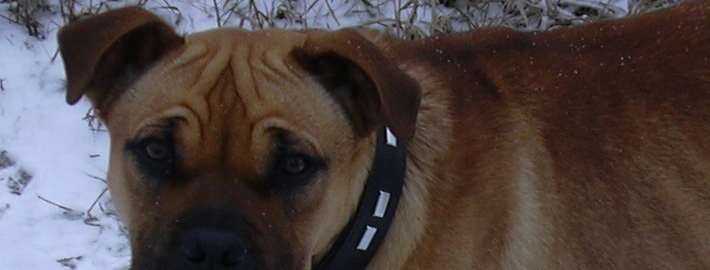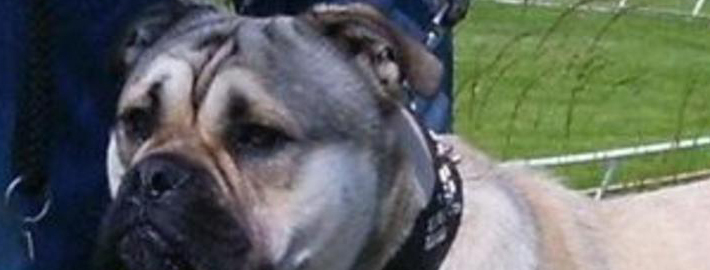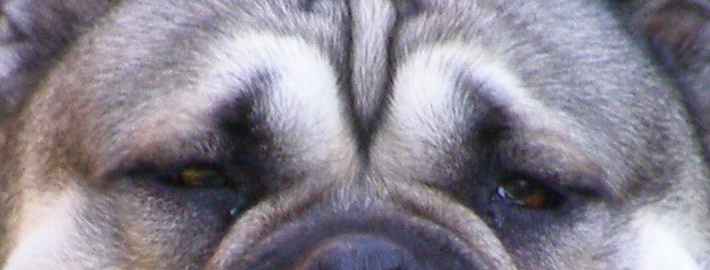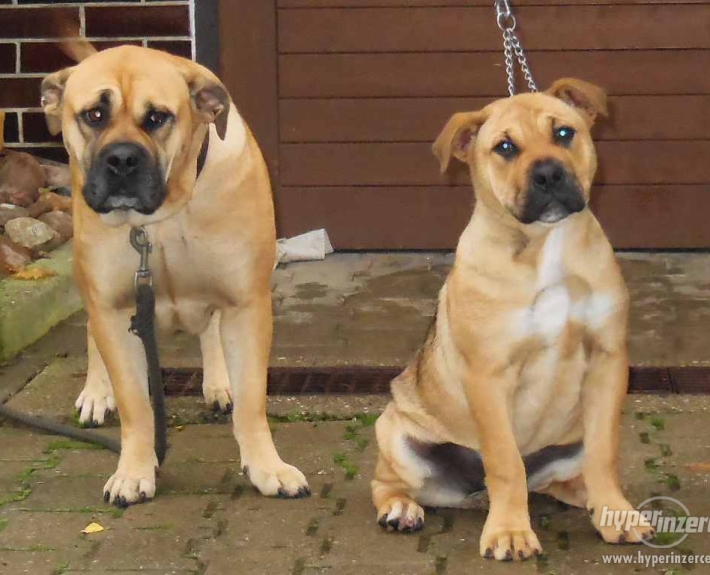What makes the Perro de Presa Mallorquin Unique?
A medium size, usually mastiff-type dog, rectangular in appearance, strong and stout. The difference between the sexes is evident in the head, which is much larger in circumference in males than in females.
Breed Groups
Page Contents
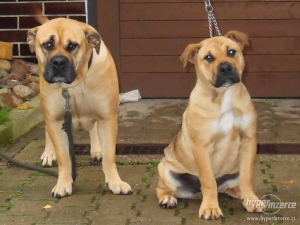
Is the Perro de Presa Mallorquin Right For You?
Ca de Bou or Perro de presa mallorquin is a typical Molossian of somewhat elongated build, strong and powerful, of medium size. The difference between the sexes is apparent in the head, whose circumference is definitely greater in dogs than in bitches. The Perro de Presa Mallorquin was almost extinct after World War II, and the few remaining dogs were crossed with Ca de Bestiar, English Bulldog and perhaps Perro de Toro.
In 5 Words
- Strong Willed
- Gentle
- Calm
- Suspicious
- Dominant
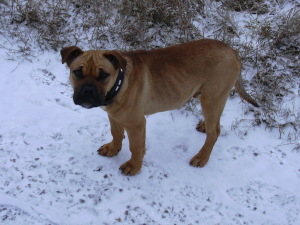
Characteristics
Learn About the Perro de Presa Mallorquin
Description
General Description
The Perro de Presa Mallorquin is an Spanish dog breed of molossor type. It is also known as Ca de Bou, Mallorquin Mastiff, Mallorquin Bulldog, Perro Dogo Mallorquin, Majorca Mastiff and Majorcan Bulldog. This ancient breed is medium size, strongly built dog that was developed to be a tenacious watch and guard dog. Like many other ancient rare dog breeds, the origin of present day Perro de Presa Mallorquin is uncertain and is subject to controversy. Some claim that this dog is the recreation of now extinct Spanish breed while others claim that this breed was developed from a few last remaining Mallorquin Bulldogs. This medium size breed, with height and weight of 21-22 inches and 66-77 lbs respectively, comes with a large and strong head, broad and almost square skull and broad, moderate length muzzle. Nose is black and broad. Large, oval shaped, slightly slanting eyes are preferred in as dark colour as possible. Small, rose shaped ears are set high and to the side. Strong and thick neck fits well into the withers. It may have some loose skin and consequently a slight dewlap. The body of Perro de Presa Mallorquin is some what elongated. It comes with short and narrow loin with slight arch towards croup. Chest is deep and broad. Belly is slightly tucked-up. Thick tail is set low, tapers towards the tip and hangs down in repose. It is slightly curved when the dog is in action and raised to the height of the topline. The Perro de Presa Mallorquin’s short and rough coat comes in brindle, fawn and black. This breed has somewhat elongated body that comes with short and narrow loin, deep and broad chest and slightly tucked-up belly. The thick tail is set on low, hangs down in repose and forms a slight curve when the dog is in motion. This dog has short and rough to touch coat that comes in brindle, fawn and black colouring. This breed is NOT recognized by AKC however it is recognized by FCI and UKC.
COLOR
In the order of preference, this dog is found in brindle, fawn and black coloring. White patches on front feet, chest and muzzle are permitted but must not exceed 30% of coat color. The dog can come with or without black mask.
COAT
This breed sports a short and rough to touch coat.
Short History of the Perro de Presa Mallorquin
Since ancient times, seafaring from east to west in the Mediterranean region has led to the exchange of culture and science between nations. These reciprocal relations, even though mainly of a commercial nature, also gave the opportunity for an exchange of domestic animals. Amongst these were watch and guard dogs which were needed in harbors and coastal settlements as a protection against pirates and robbers coming in by sea. Amongst these mostly large, strong, resistant dogs with large heads and powerful teeth, one type distinguished itself. It was the mastiff of the Iberian Peninsula, which, in Spain, was used in various areas as a hunting or as a fighting dog against bulls and other dogs. This breed accompanied King Jacob I on his conquests and arrived in the Balearics about the year 1230. In the 17th century, Minorca and others areas came into British possession, following the treaty of Utrecht. The British brought their own fighting and guard dogs with them into the Balearics and crossed them with the native mastiffs of the Iberian Peninsula, which also occurred in the Balearic Isles. In the beginning of the 18th century, fights between dogs and bulls (bull baiting) were very popular and the Britons inhabiting the Island looked for a breed which would be held suited to such fights. These circumstances explain the name “Ca de Bou,” (Bull Dog). In the Spanish Stud Book for the year 1923, the existence of this breed is already established. The first official entry was in the year 1928 and in 1929, when such a breed was exhibited for the first time at a dog show in Barcelona.
Temperament
Quiet by nature, the Perro de Presa Mallorquin can under some circumstances be courageous and brave. He is at ease with people, faithful and devoted to his master. As a watch and guard dog, he is unsurpassed. In quiet situations, he is trusting and self-assured. When roused, his expression is piercing. Were one to find a purebred Mallorquin Bulldog one would possess a guard dog of unsurpassable ability—a dog that would require discipline and leadership. This breed is strong-minded but obedient if the owners are stronger minded than the dog. If they are not, they will find a dog that will test them every step of the way. These dogs adore children. They remain formidably powerful and alert, and retain the tenacity of their bull-baiting past. This breed is not for the casual pet owner. Makes a good watch and guard dog. Needs an owner who understands a dog’s natural “pack order”. Proper human to canine communication is essential.
Caring for Your Perro de Presa Mallorquin
Grooming & Bathing
Short coat of this dog is easy to maintain with weekly brushing. It does not need extensive grooming at all.
Exercise & Training
This breed needs to be taken on a daily, brisk, long walk or jog. While out on the walk the dog must be made to heel beside or behind the person holding the lead, as in a dog’s mind the leader leads the way, and that leader needs to be the human.Training should be provided in a firm yet gentle manner by an experienced owner or professional trainer. Harsh methods can instigate aggression in this dog.

